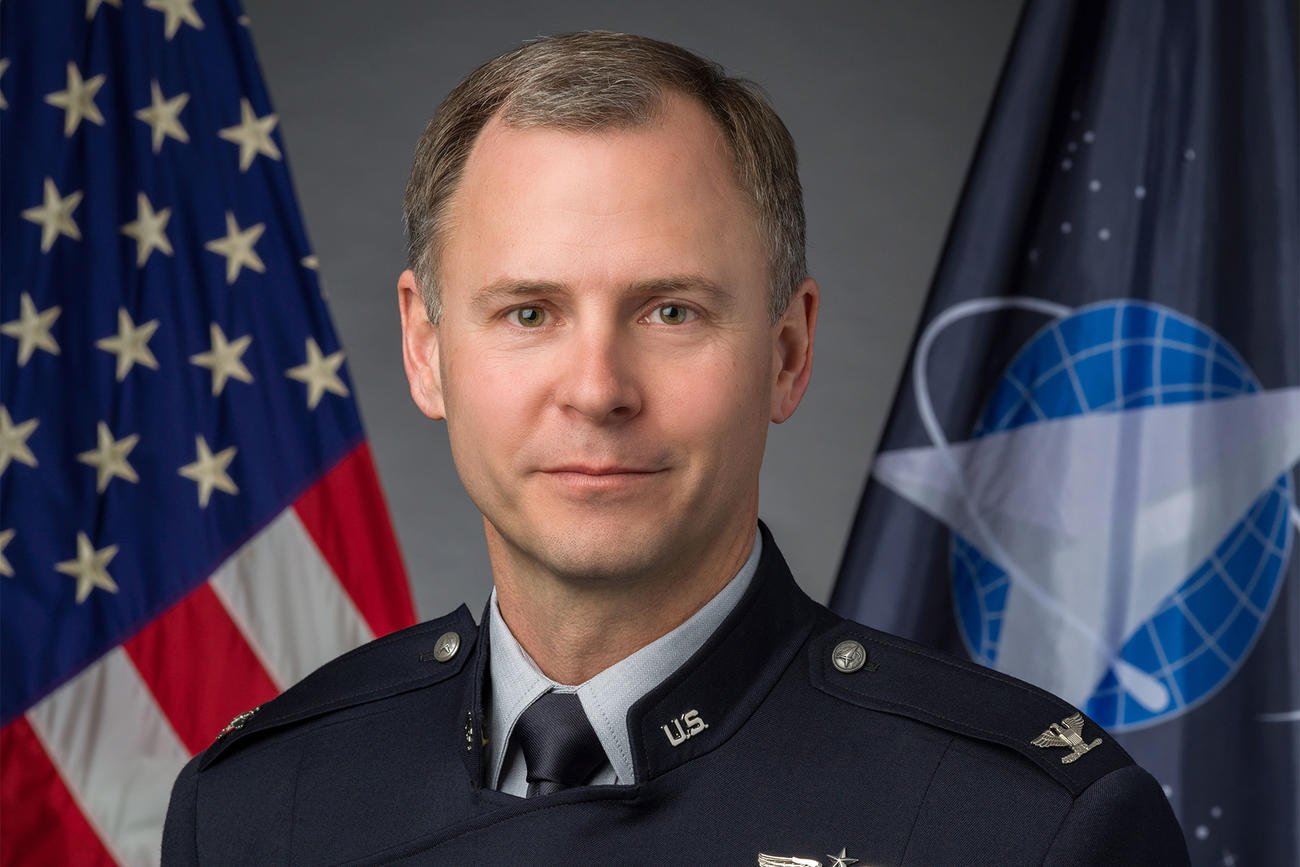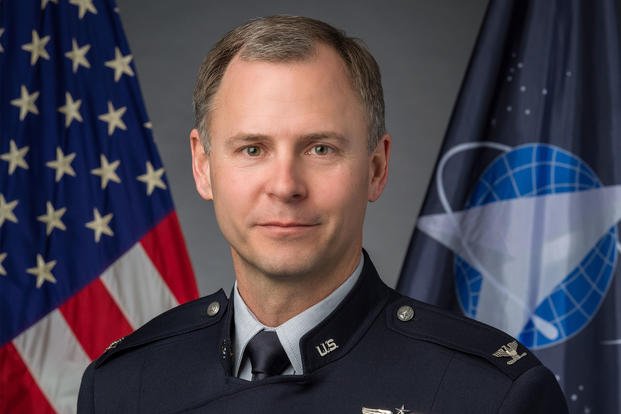

A Space Force Guardian set to be the first member of the service to launch into space this month may be left in limbo after a NASA and SpaceX mission has been significantly delayed by issues that have stranded two astronauts on the International Space Station.
Col. Nick Hague was originally set to pilot NASA’s Crew-9 six-month mission to the ISS aboard the Crew Dragon spacecraft on Aug. 18. However, ongoing issues with the Boeing Starliner that have left the two astronauts in space for months longer than expected have pushed back the next mission until at least September, the agency said in a statement.
“NASA and SpaceX are targeting no earlier than Tuesday, Sept. 24, for the launch of the agency’s Crew-9 mission to the International Space Station,” the agency said last week. “This adjustment allows more time for mission managers to finalize return planning for the agency’s Boeing Crew Flight Test currently docked to the orbiting laboratory.”
Boeing’s Starliner aircraft launched June 5 with astronauts Barry Wilmore and Sunita Williams and traveled to the ISS for a mission that was set to last eight days. But their mission has now stretched to more than two months — and it’s possible their stay could last until sometime next year — after mechanical issues involving the Starliner’s thrusters and concerns over whether the spacecraft can safely return the duo.
Those ongoing issues with the Starliner have thrown a logistical issue into Hague’s historic mission, but if he remains part of the crew, it’s possible the Space Force Guardian could be piloting a rescue operation.
CNBC reported that NASA is workshopping several possibilities to rescue the Starliner crew, including potentially removing two members from the Crew-9 mission and having Wilmore and Williams return sometime next year with that group.
Another option would be to have Wilmore and Williams split up, with one of them going back with the Crew-8 mission already aboard the ISS prior to Crew-9’s arrival and the other returning with Crew-9 after that six-month mission is complete, CNBC detailed.
It’s also possible that NASA will work out the issues with Starliner and return the duo as planned, which would not disrupt Hague’s mission with Crew-9.
“NASA and Boeing continue to evaluate the spacecraft’s readiness, and no decisions have been made regarding Starliner’s return,” the agency said in a press release last week.
The Department of the Air Force deferred questions about the situation to NASA. The space agency did not respond to Military.com’s request for comment prior to publication Monday asking for any updates on the crew or delay.
Boeing said in a statement earlier this month that the company “remains confident in the Starliner spacecraft and its ability to return safely with crew.”
The Space Force’s mission, despite public perception, does not involve creating astronauts, but there is a long history of Defense Department pilots teaming up with NASA for its missions.
An estimated two-thirds of astronauts have served in the military, the Space Force said in a news release earlier this year announcing Hague’s involvement with the mission.
In 2020, Mike Hopkins, who had been an Air Force officer, became the first Guardian in space when he was sworn into the service in a ceremony aboard the ISS. Hague is set to become the first from the service to launch into space if the September mission happens.
If he launches on the Crew-9 mission, it will be Hague’s third launch and second visit to space. Those other missions occurred when he was a member of the Air Force.
Hague’s first mission in 2018 experienced a malfunction, which led to an in-flight launch abort. Five months later, in 2019, he launched again with the crew and arrived at the space station, where he stayed for 203 days and conducted nearly 20 hours’ worth of spacewalks, Military.com previously reported.
After that mission, Hague took on a role at the Pentagon as the then-new Space Force’s director of test and evaluation, the service said. In 2021, he transferred from the Air Force to the Space Force.
Related: Guardian Officer Set to Be First in Space Force History to Launch into Space
